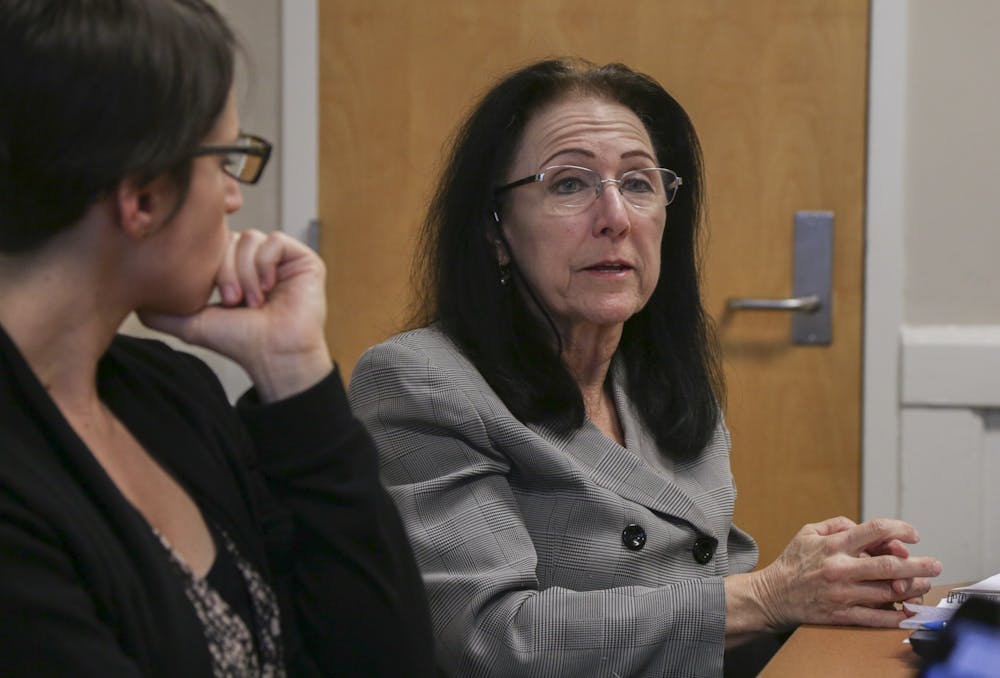The Status of Women Committee held a meeting on Monday to discuss a study on salary equity and talk about an upcoming discussion with Provost Bob Blouin about the issue.
The last three studies done on faculty income were conducted in 2002, 2012 and 2017. The 2019-20 version will be using roughly the same methodology as the previous studies, said Lynn Williford, the assistant provost for Institutional Research and Assessment.
While conducting the study, Williford analyzes one year at a time. Rank, tenure, presence of a distinguished professor award, modifiers, department, race, ethnicity and gender are factors the study considers when analyzing differences in salaries among faculty for that year.
Williford said time spent at the University is also an important variable when considering salary differences.
“We look at continuing faculty," Williford said. "If you were here last year and you’re here this year, what is the salary difference? Is the percentage difference not the same in all groups?"
The study also looks at time indicators, such as length of time since receiving a degree, number of years at UNC and number of years in that particular rank. Rank is nearly always a significant predictor of salary, Williford said.
Salary for all faculty is converted to a nine month salary to serve as a base for comparison.
"It is important to note that there is no way to include a productivity measure in this study," Williford said. “That is something that is taken into consideration at the department level and at the school level, but it's not in a form at this point in time that we can grab that, quantify it and put it in a model like this.”
There are three methods used to analyze the data. In the population method, all faculty are included and become part of a model that is developed to predict salaries, Williford said.




